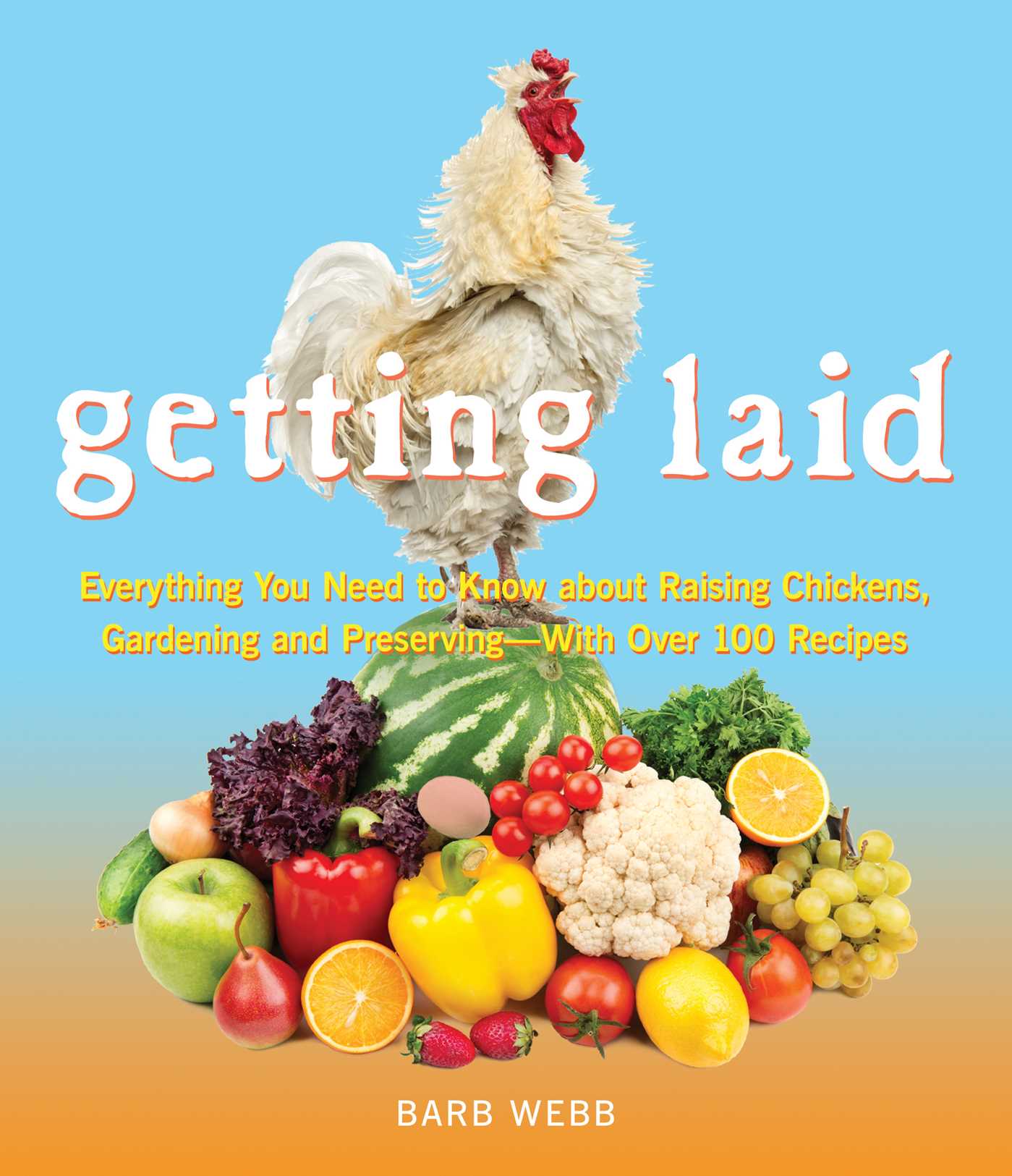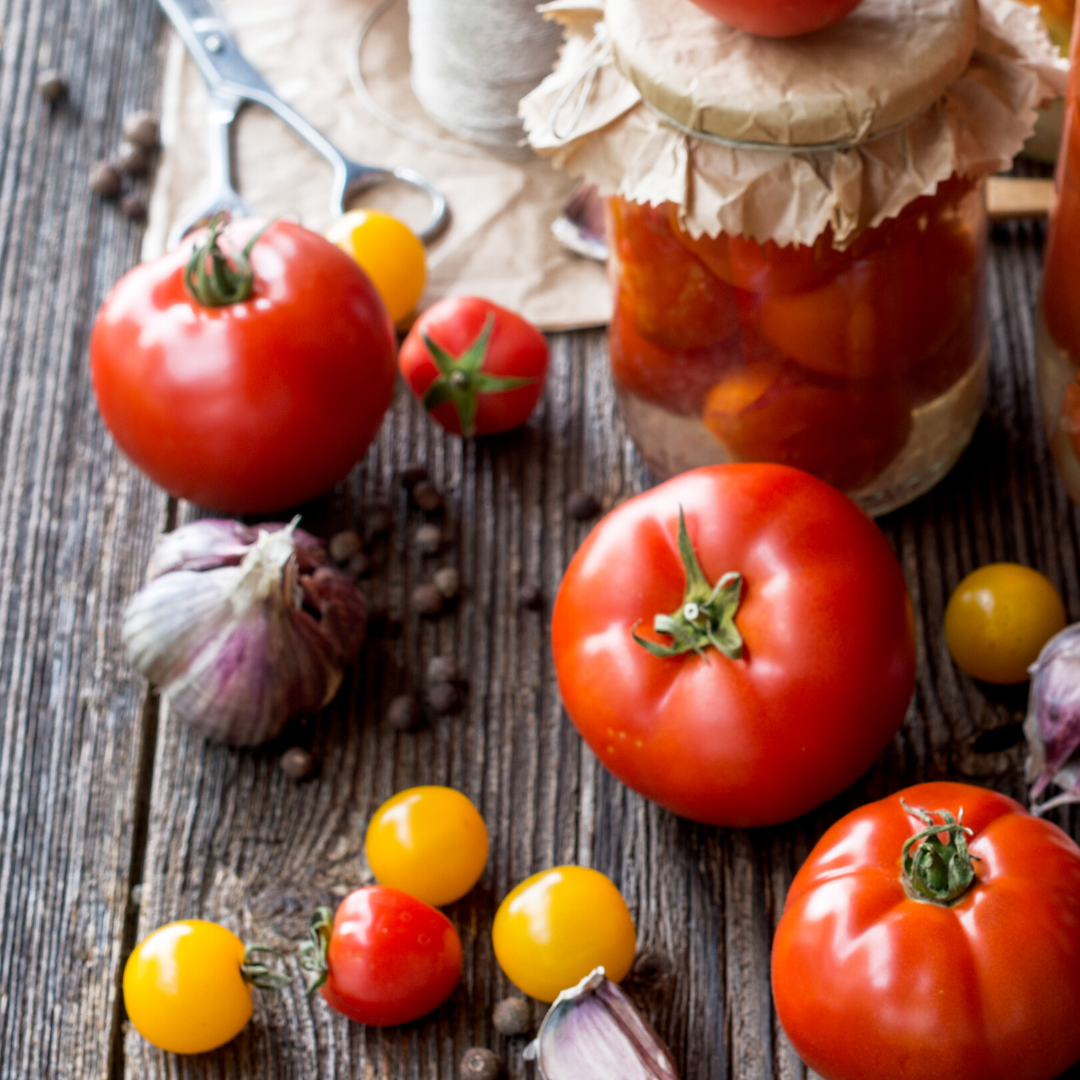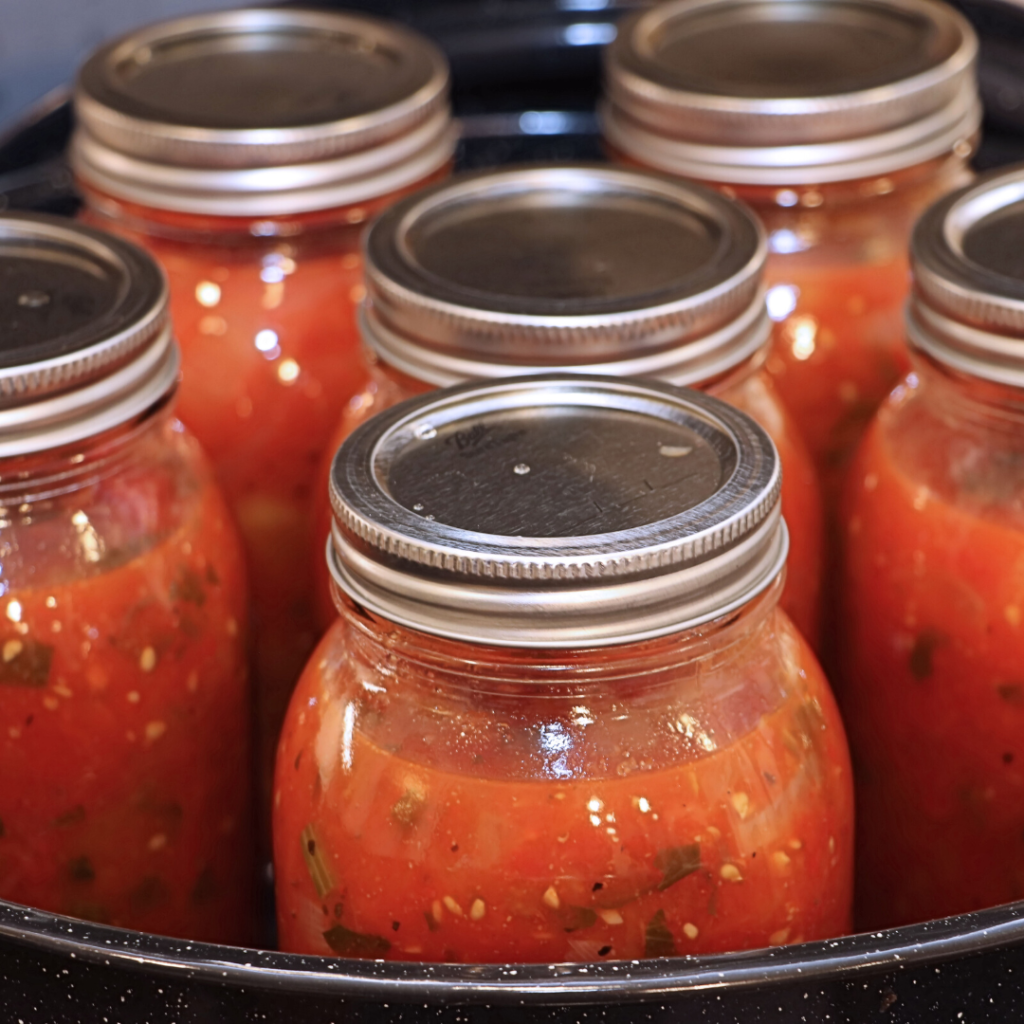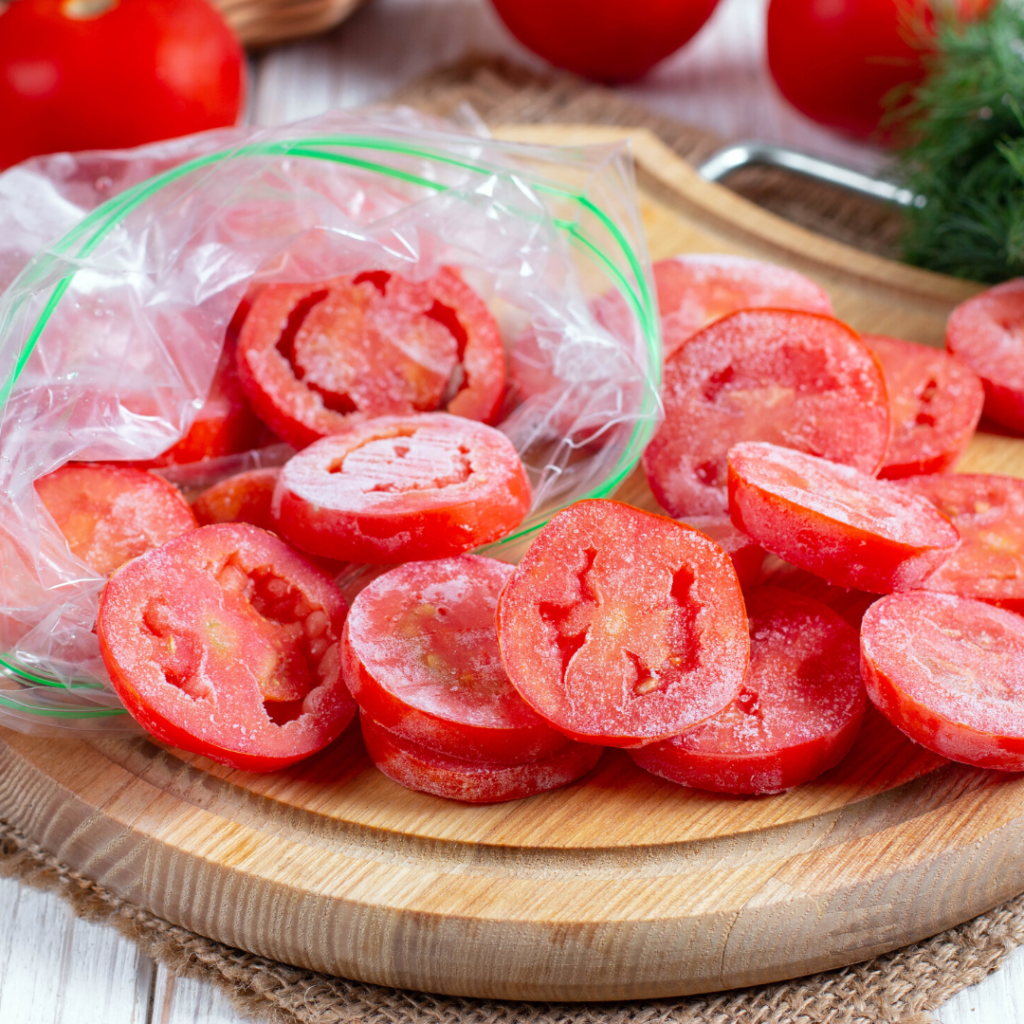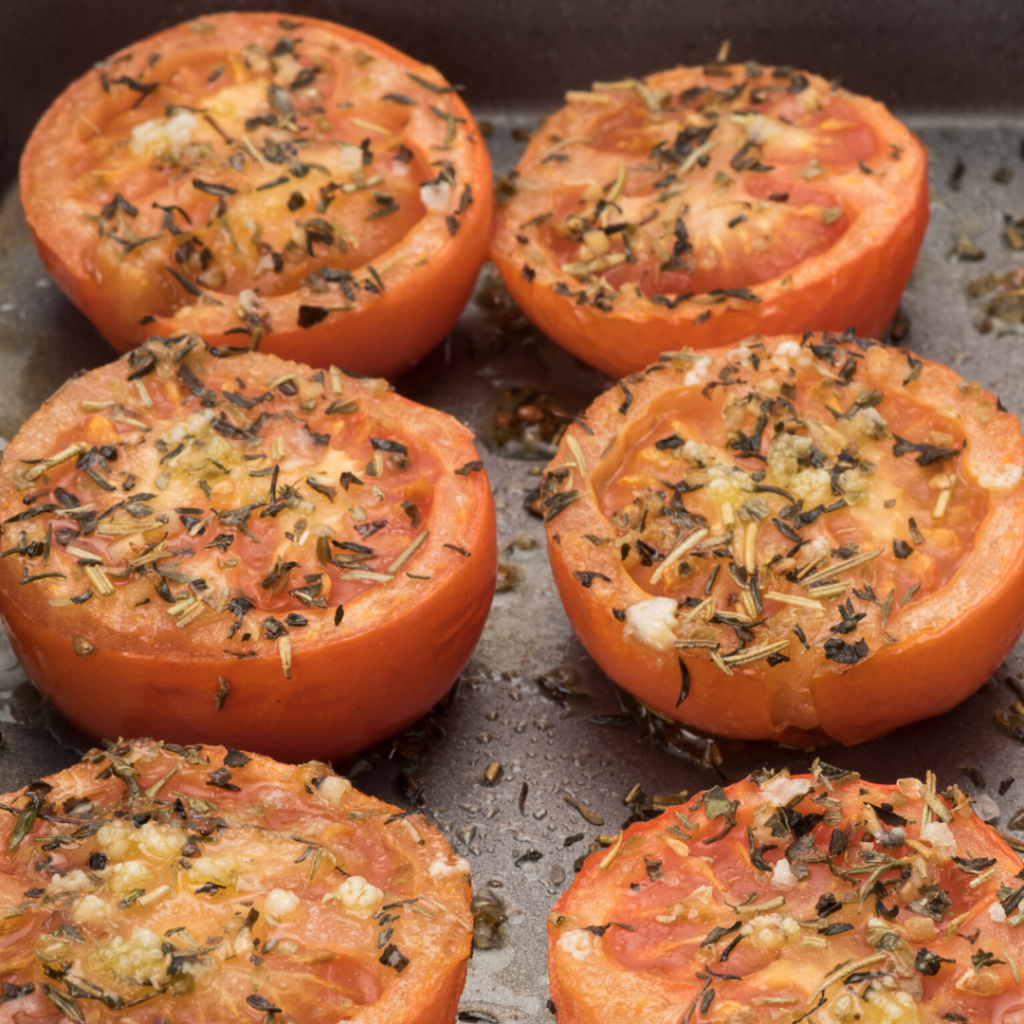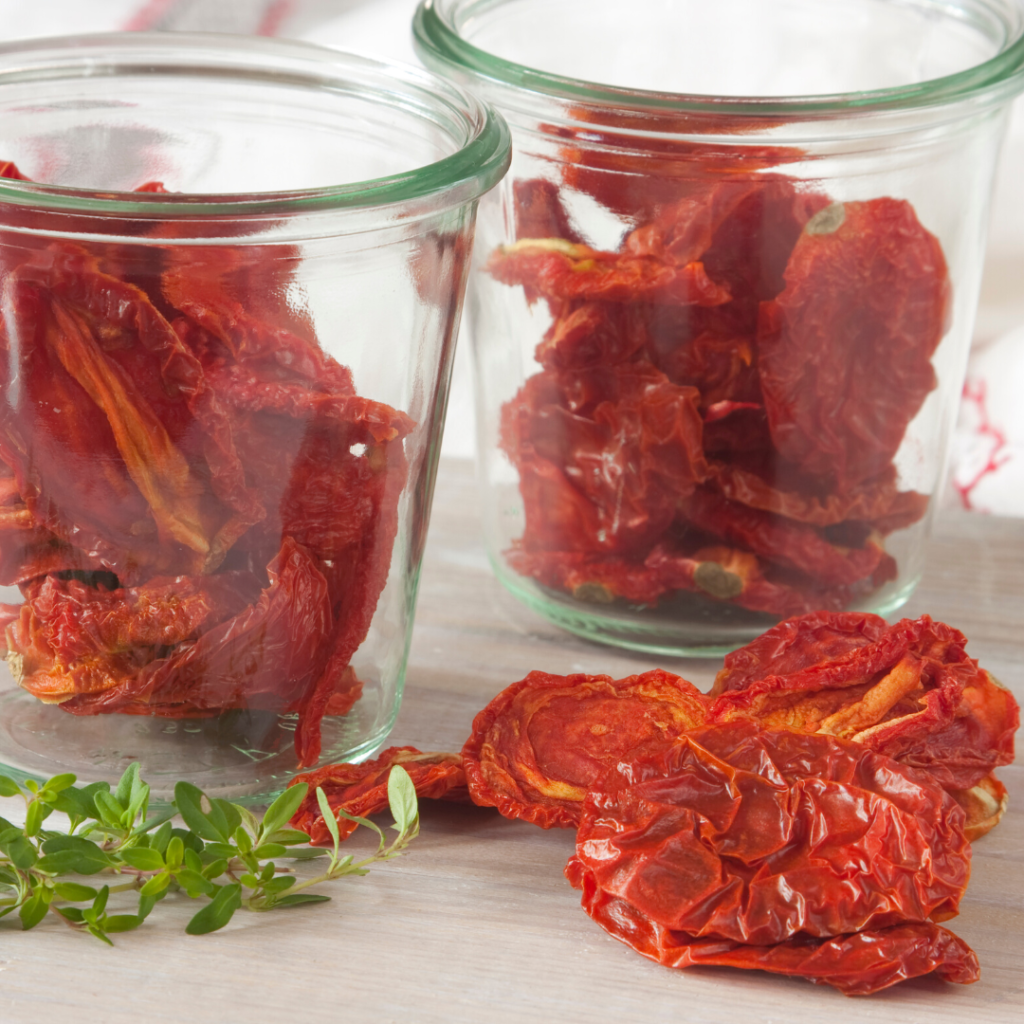There are few ingredients as versatile as the tomato. Even a few tomatoes can open up a world of possible dishes for me. I love making a simple pasta sauce with fresh cherry tomatoes or more complex ones with Romas. Though I grow plenty of tomatoes each summer, it’s tougher to keep production up during the winter month. Finding easy ways to preserve tomatoes for enjoyment year ’round is crucial.
Sure, tomatoes are available at the supermarket year round. But often these are overly-refrigerated, tasteless, mealy globes. Not the rich, flavorful garden variety that makes a fresh pizza sauce zing. Not to mention, winter tomatoes come in at double or even triple the asking price of their tastier late summer counterparts.
To combat my near post-apocalyptic fear of ever having to cook in a tomato-less kitchen, I’ve experimented with many ways to preserve tomatoes. The challenge really comes down to two main methods: canning or freezing. Along with a third option of drying.
Canning Tomatoes
Traditional canning can mean several hours in a steamy kitchen over a large boiling cauldron. (Fun to picture in the fall months!) Not to miss mentioning, that one has to keep the pH value of canned tomatoes below 4.6 to avoid botulism poisoning. You also need to have a good recipe to follow.
Modern canning units make this process a lot easier by taking the guess-work out of canning at the correct heat and pressure to avoid mishaps. But, you still have to do the work to prep the tomatoes by peeling the skins to can them.
If canning is your chosen route, rather than blanching each tomato in boiling water, I have found an oven-method route that helps a little:
- First, always make sure you have your tomato canning recipe and safety instructions near for your easy-reference.
- Then, wash your tomatoes.
- Cut each tomato in half, place them on an oven-safe baking tray.
- Be sure to space the tomatoes well so that the moisture can escape.
- Broil at 450 degrees farenheit for 8 minutes.
- Remove the tray, cool for a few minutes, and the skins will pop right off the tomatoes.
- Discard skins and de-seed (if desired) tomatoes.
- Place tomato halfs into a pot (if making sauce) or into a bowl for direct canning.
- If you are making salso, etc. simply dice the tomatoes or continue to prepare as needed.
Canning whole tomatoes is the method I generally follow. Sometimes adding in garlic or basil, depending on what I aim to use the tomatoes for later. During the off-growing season months, I’ll them open the canned tomatoes I need and make sauces or soups that day.
Some people prefer making sauces or soups prior to canning so you have a quick meal prep at the ready. The decision is totally up to you and what style of cooking you prefere.
If you like things to be super simple, as long as one has enough freezer space, there are other easier, lazier, and cooler ways to preserve your summer tomato harvest.
Want to learn more about canning, freezing, drying and other methods of preserving your produce? Check out Rural Mom’s guide Getting Laid: Everything You Need to Know about Raising Chicken, Gardening and Preserving – With Over 100 Recipes! Available in ebook and print, it’s an excellent reference guide to have in your kitchen.
Canning vs. Freezing: The Benefits of Freezing Tomatoes
By far and away the easiest, simplest, and coolest option for preserving tomatoes is to freeze them. While frozen tomatoes could never be sliced and added to a sandwich (the water in the tomato expands when frozen, irreparably damaging the tomato’s texture), their flavor remains perfect for hearty sauces and stews all winter long.
It’s also one of the easiest ways to peel a tomato. Thawing the frozen tomato loosens the peel to the point where a finger can easily remove it, if so desired.
To freeze your tomatoes, make sure they are fully-ripened (but not overly-ripe) and washed with the stem removed. Simply place the tomatoes in a freezer bag. You can suck/squeeze the extra air out of the bag and seal. Ideally, it helps to have a vaccuum seal machine to help you with this process. You need to remove as much air as possible to help avoid freezer burn or spoilage from ice crystals forming inside the bags.
You can also pre-slice your tomatoes and freeze them in slices (I often do this). Some people like freezing cherry or grape tomatoes in water, using ice cube trays to make little ice cube tomatoes! I find this to be a bit excessive on time and production. Much easier to place them whole into a bag and vaccum seal for use later.
Tomatoes generally stay good frozen for up to six months, if sealed properly. When you want to use them, remove from the freezer and thaw.
Canning vs. Freezing: The Benefits of Roasting Tomatoes
One way to preserve some of the texture of the tomatoes is to roast them first. Roasting the tomatoes helps to remove much of the excess water–which would normally expand in the freezer and damage the walls of the fruit. Usually I’ll wait until I am already using the oven before roasting up a few batches in the summer heat. Once they’re started you really don’t need to check on them very often. So you can wait in a cooler room of the house while they roast.
To roast your tomatoes:
- Wash tomatoes.
- Cut the tomatoes in half and place them in a mixing bowl.
- Toss them in a few tablespoons of olive oil; some fresh herbs such as rosemary, thyme, and marjoram; and a few cloves of sliced garlic.
- Place the tomatoes cut-side down on a non-aluminum baking tray or baking dish.
- Be sure to space the tomatoes well so that the moisture can escape.
- Roast for about two hours on 325 degrees Farenheit or until the tomatoes are starting to wrinkle.
- Remove tray from oven. Cool to room temperature.
- Vaccuum seal roasted tomatoes in freezer bags. Store in freezer. They’ll generally keep frozen well up to six months.
When you are ready to use, pull out your bag of roasted tomatoes, defrost. Then gently heat in a skillet to serve with dinner or over pasta.
What About Drying Tomatoes?
Dehydrating tomatoes is a good route to go if you like to make soups. It’s also good for using sun-dried style tomatoes in recipes.
Three methods exist for dehydrating foods: sun, oven, and specialized dehydrator appliances. Each has its advantages and disadvantages. The route I generally recommend is to invest in a quality dehydrator. Especially if this is a method you will be utilizing regularly. It’s more economical in the long run as it requires a lot less electricity. Plus the drying temperatures and air circulation are regulated allowing you to have a near perfect batch each time. This lowers your risk of burning the tomatoes and lowers the risk of the dehydrated tomatoes molding.
If you plan to use your tomatoes for sauces or stews, dehydrating them is not an optimum method to use.
What’s your preferred method? Do you favor one way over the other for a particular reason?


